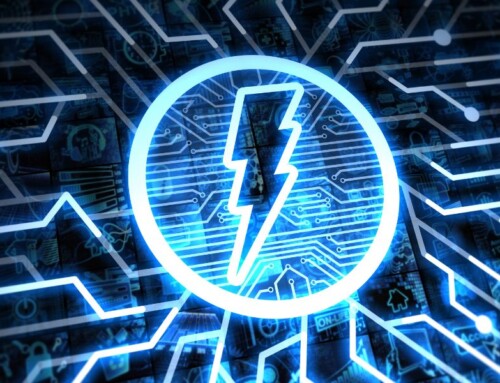Saving energy is not only good for the environment, but it can also save you a lot of money. In this blog post, we will discuss 10 ways that you can save on energy at home. Many of these tips are simple and easy to follow, and they will help you reduce your energy consumption significantly. By incorporating even one or two of these suggestions into your home routine, you’ll keep more money in your pocket and feel good about limiting your carbon footprint!
Saving energy reduces the amount of greenhouse gas emissions that are released into the atmosphere. When you save energy, you are helping to protect the planet and preserve its resources for future generations.
Here are ten habits to start today to help save energy!
1. Turn off the lights when you leave a room.
This first one might seem simple, but it’s often forgotten! According to the U.S. Department of Energy, leaving lights on when you’re not using them is one of the easiest ways to waste energy and money. In fact, it’s estimated that the average American household wastes $100 a year by leaving lights on in empty rooms.
2. Unplug electronics when they’re not in use.
Unplugging electronics when they’re not in use is a simple way to save energy and money. All of those electronic devices that we use every day—televisions, computers, printers, chargers—draw power even when they’re turned off. This so-called “phantom power” can add up quickly, costing you hundreds of dollars.
3. Set your thermostat to a more efficient temperature.
Setting your thermostat to a more efficient temperature is one of the easiest ways to save energy and money. By keeping your home at a cooler or warmer temperature than you really need, you’re wasting energy and money that could be put towards other things. Even a small difference of one-to-two degrees can have a large impact.
4. Install weatherstripping around doors and windows.
Weatherstripping is an easy and affordable way to save energy and money at home. Weatherstripping is a material that is installed around doors and windows in order to create a seal. This seal prevents cold air from entering the home in the winter, and hot air from entering the home in the summer. As a result, you can save on the cost of heating and cooling your home. According to the U.S. Department of Energy, weatherstripping can save you up to 30 percent on your energy bill. In addition, it’s a relatively affordable way to conserve energy—you can buy weatherstripping for as little as $5.
5. Replace your light bulbs with energy-efficient bulbs.
Did you know that the average American household spends about $100 a year on energy bills? And that a good chunk of that money goes towards powering light bulbs? According to the U.S. Department of Energy, energy-efficient light bulbs use about 75% less energy than traditional bulbs and can last up to 10 times longer. Additionally, they emit less heat and come in a variety of shapes and sizes to fit any need.
6. Wash clothes in cold water whenever possible.
Did you know that using cold water to wash your clothes can save you a lot of money on your energy bill? According to the U.S. Department of Energy, washing your clothes in cold water can save you up to $100 a year on energy costs.
7. Dry clothes on a line or in a dryer with a moisture sensor.
Drying clothes is one of the most common ways to use energy in the home.
Drying clothes can account for up to 40% of your total energy bill, so it’s important to find ways to save energy when drying clothes. One way to do this is by using a dryer with a moisture sensor. A moisture sensor on a dryer is a device that helps to regulate the amount of energy used to dry clothes. By sensing the moisture content of clothes, the dryer can adjust the length of time and/or the intensity of heat used in the drying cycle. This can save energy and money by using less energy to dry clothes.
8. Use a dishwasher instead of handwashing dishes.
Dishwashers are a common household appliance that many people use on a daily basis. Though they can be a little expensive to operate, they can save you time and energy in the long run. Here are four reasons why you should consider using a dishwasher:
- Dishwashers are more efficient than handwashing dishes
- Dishwashers save time
- Dishwashers save energy by using less water than handwashing
- Dishwashers are more sanitary than handwashing dishes.
9. Take shorter showers.
Taking shorter showers is one of the easiest ways to save energy and money at home. By showering for a shorter amount of time, you’re using less water and less energy. In addition, by turning off the water while soaping up, you can save even more water. The average shower lasts for 8 minutes, and the average shower head flows at two gallons per minute. If you cut your shower time down by 2 minutes, you would save approximately 4 gallons of water every time you shower. You would also save on your energy bill, as the water heater wouldn’t have to work as hard to heat the water.
10. Install a programmable thermostat.
A programmable thermostat can help you save energy and money at home. By programming the thermostat to lower the heat or air conditioning when you’re not home, you can save a lot of energy. In fact, if you have your thermostat set at 68 degrees when you’re not home, you can save up to 30% on energy.
Saving energy at home doesn’t have to be difficult. By following these simple tips, you can save money on your monthly energy bill and help the environment. If you’re looking for more ways to save energy, don’t hesitate to contact us!



